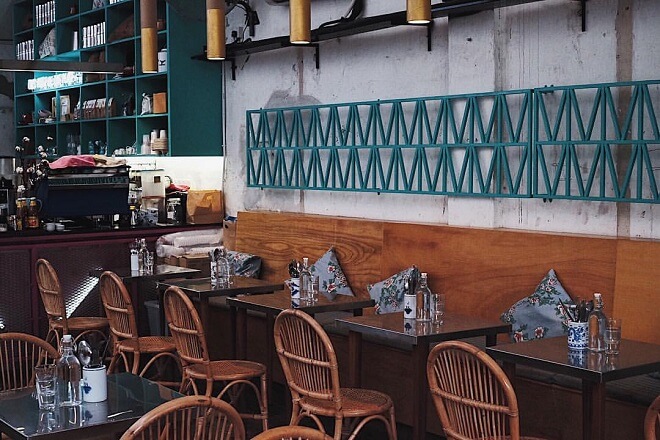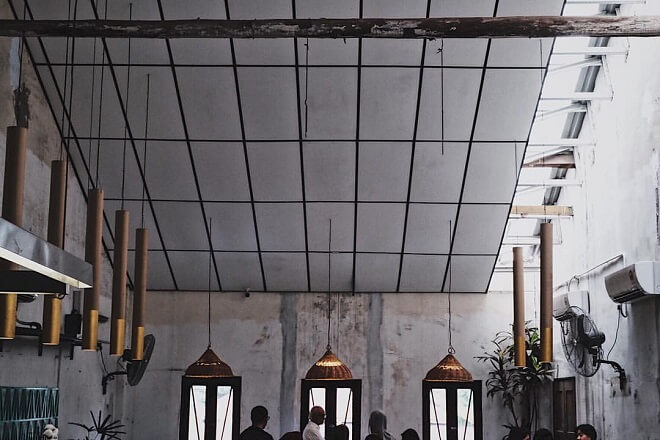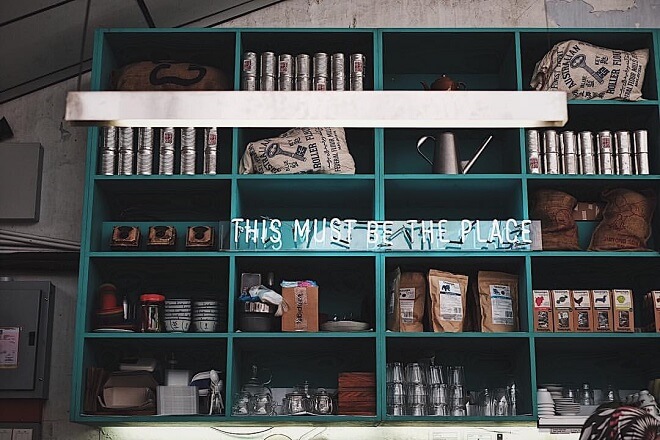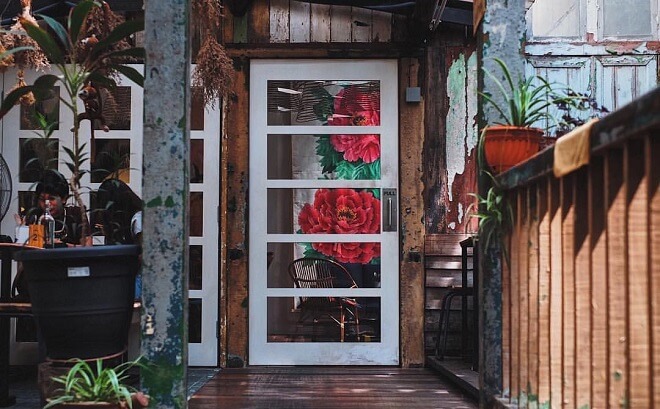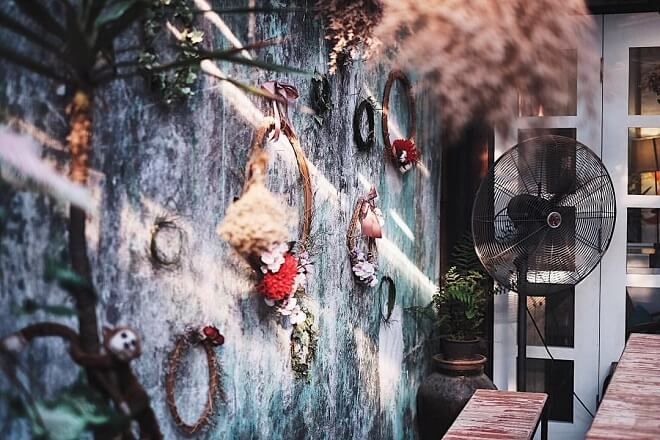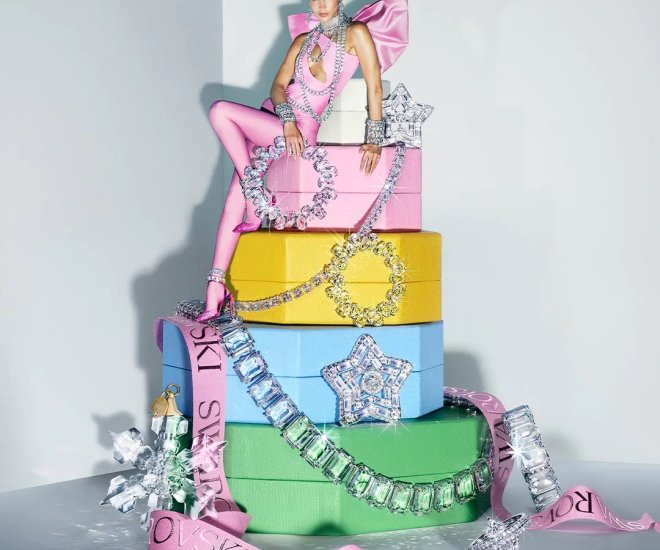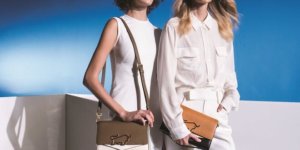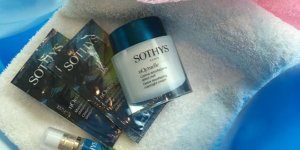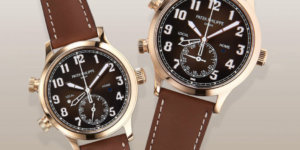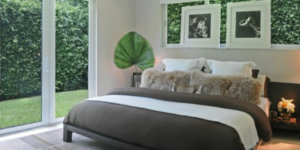Designing KL’s Trendiest Cafes: Merchant’s Lane by Kyle E and Jun Ong
Behind an Insta-worthy café is an architect who designed it. L’Officiel got individuals from four local design firms to share their design inspiration.
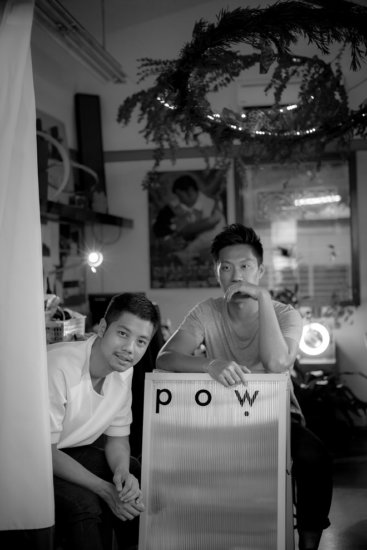
The architects behind one of the first few cafés that started the Instaworthy hype, Kyle E and Jun Ong took over the construction of Merchant’s Lane as their first project. And it was one which sealed the deal, proving that the duo could indeed work extremely well together in creating interior and architectural magic. Since then, they have gone onto more and bigger things, including Hoppers KL, Kaiju, Proof and the now-defunct Case Study.
How was working on your first project, Merchant’s Lane, like?
Kyle (K): We took it up because the brief was interesting and the clients were young. We thought that if we didn’t do this project, we’d never come around to working together. So, why not try? And if we failed, we could just go back to our previous jobs.
Jun (J): We were very lucky to get that as our first project because it’s very unusual to get to work on a former brothel.

Photo credit: Merchant’s Lane Facebook
What would you say is the signature Pow Ideas style?
J: We like to inject a lot of fun and humour; very tongue-in-cheek and subtle. For example, in Merchant’s Lane, there are a lot of hidden meanings in certain parts of the café.
K: If you notice, there are a lot of chickens. It’s a reference to the past history of the building being a brothel. The giant flower mural behind is our representation of the women who used to work there; kind of our take on how they were beautiful women. But not everyone would look at it and think, “Oh, I see so many prostitutes around here.” That’s what I mean by how our design has a lot of layers to it. People may not immediately understand but that’s how we interpret the brief.
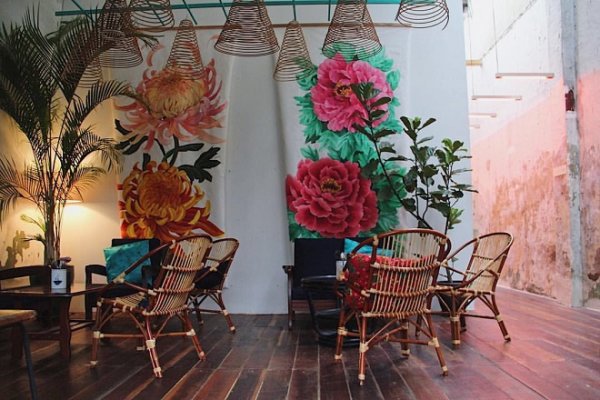
Photo credit: Merchant’s Lane Facebook
What’s your opinion on “Insta-worthy” cafés?
J: Basically, we design certain things with certain meanings behind them, which the audience doesn’t have to know. They can still see it from the surface level, but if they think it’s Instagrammable, then our job is done. However, it also has to satisfy us on a deeper meaning as designers. We don’t want to just design things that are shallow.
K: But I think Instagram is a very powerful tool. We were exposed to it after working on Merchant’s Lane. It was the first time that we came across the question, “Is this Instagrammable?” It has started playing a big role in how we approach design, and I think it’s very important for us to acknowledge that. If a place Instagrams well, the place literally sells itself.
J: It also makes people appreciate our design. People go to Merchant’s Lane because it’s posted all over Instagram.
K: Taking Merchant’s Lane as a classic example, no one knew where it was because it was located at a corner of KL that people never went to. And then, everyone saw the photos and wanted to visit the place. Apparently, every corner is Instagrammable, which is interesting for us because we never see it as that; we see it as a beautiful project.
- Photo credit: Merchant’s Lane Facebook
- Photo credit: Merchant’s Lane Facebook
- Photo credit: Merchant’s Lane Facebook
- Photo credit: Merchant’s Lane Facebook
From: L’Officiel Malaysia, August 2017.
